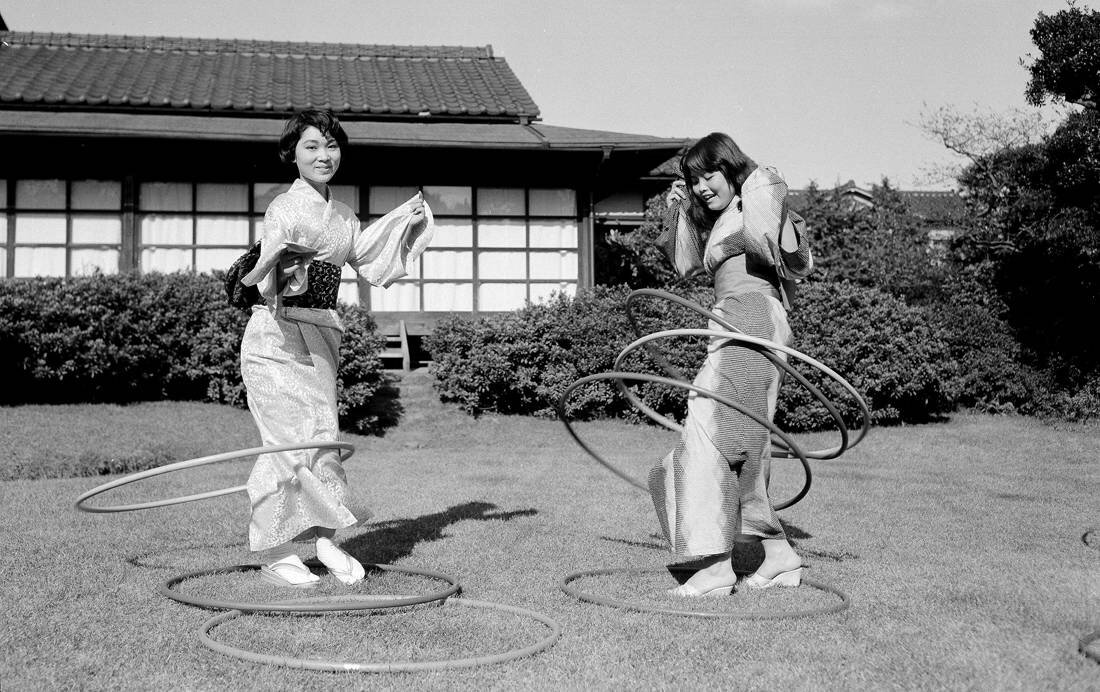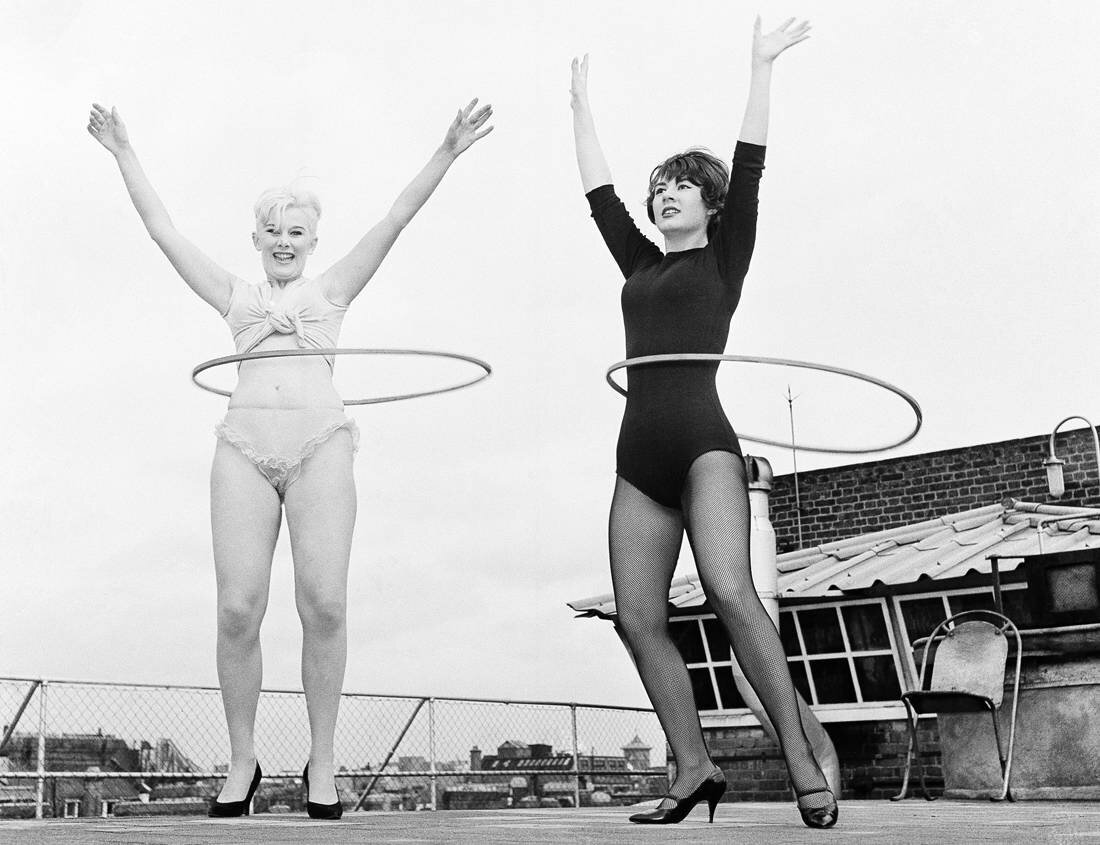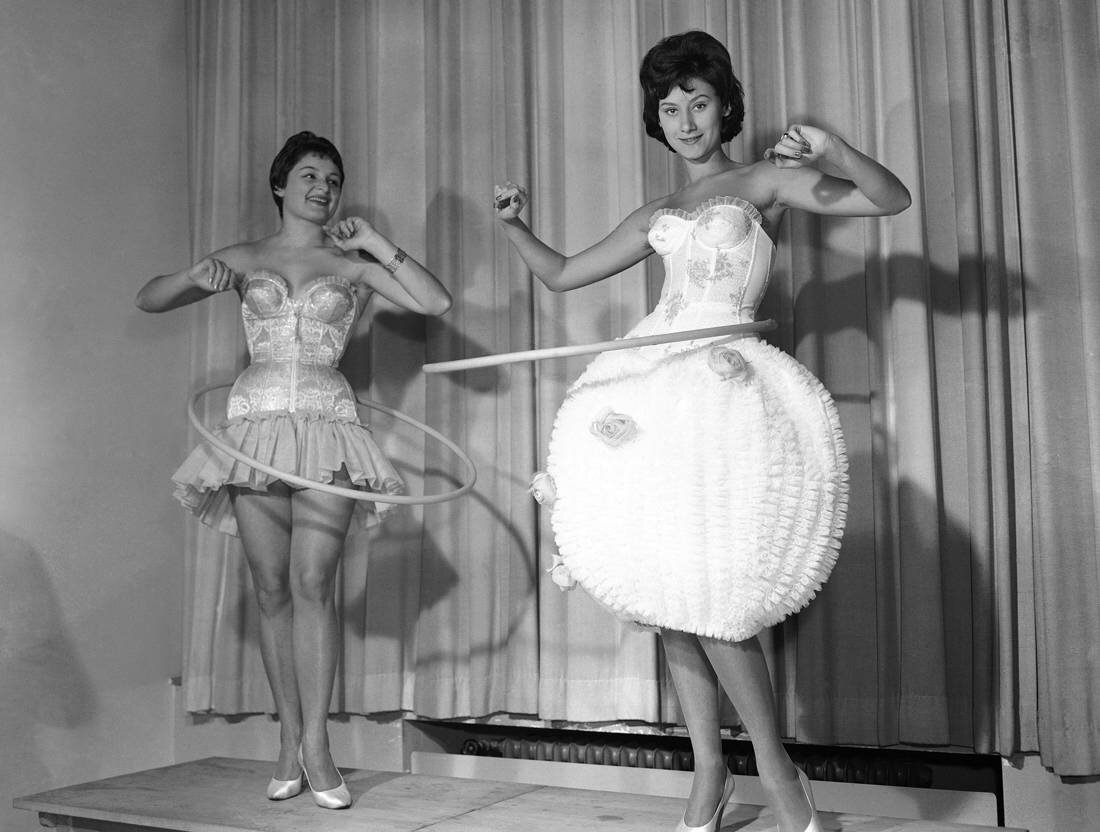The hula hoop, which although the term as we know it today did not emerge until the 20th century, is much older as a children's activity and sport than most world religions and is linked to Ancient Greece.
In the cultures of Ancient Greece and Rome, this particular cylinder was a popular toy, with the Ancient Greeks decorating their metal rings with bells and considering them more than just a child's toy.
The ancient Greeks referred to it by the word "wheel" while it was used for both their gymnastics and dancing with a different technique. Although it was considered quite a popular form of exercise, it was never included as a sport in major sporting events.
Thus, these wreaths, also called rings, were probably made of copper or iron and they were handled by a grip by their operators - on Greek vessels these grips are represented as a small and straight stick. The size of the wreaths depended on the height of the player, as they had to reach the height of the chest.
The Romans used them in the same way, while the Eskimos taught their children to fish, as their wreaths showed how to have a better aim by passing the rods through them. During the Middle Ages children invented another use for wreaths: jumping into them as if they were playing skipping rope, while in the 14th century the hula hoop swept across England, with the country's doctors even calling it a health hazard.
However, it was British sailors who gave these hoops the name Hula Hoop some three centuries later, when on a trip to Hawaii they observed the islanders doing the traditional Hula dance. The movements were very similar when someone was playing with the hoops, and so the name was born by which they are still known throughout the world today.
After its spread around the world and in a short time, the popularity of the game began to slowly decline, first in Europe, while in China and Russia, on the contrary, it was one of the acts of acrobats in circuses and rhythmic gymnastics performances.















